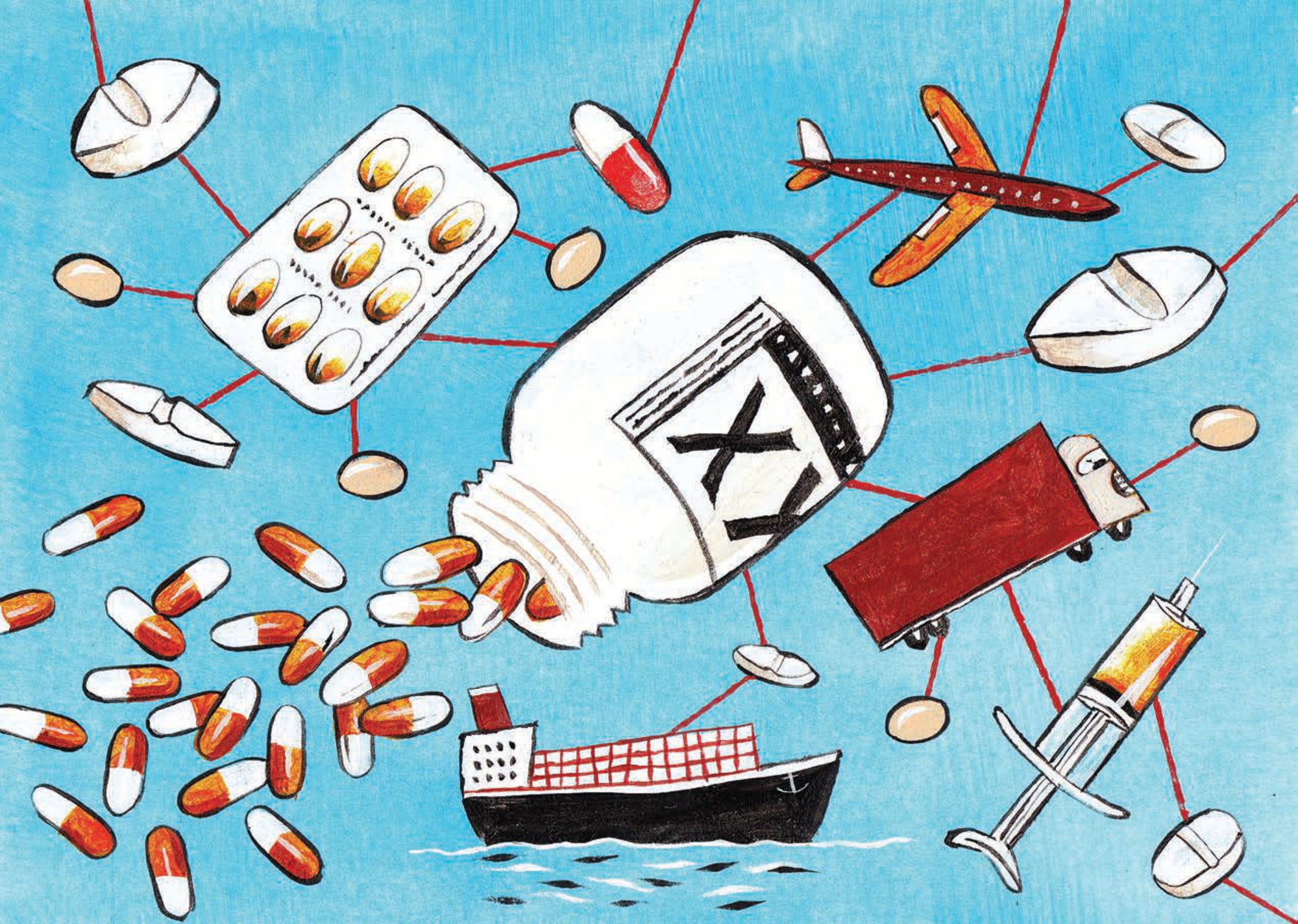Illicit trade in counterfeit and pirated goods is a growing and significant problem. Globalisation opens up new opportunities for criminal networks to expand the scope and scale of their operations in illicit trade in counterfeit and pirated goods. Trade in counterfeits also undermines good governance, the rule of law and citizens’ trust in government, and can ultimately threaten political stability.
In order to improve the factual understanding of counterfeit and pirated trade and provide evidence for policymakers to formulate policies, the OECD and the European Union Intellectual Property Office (EUIPO) have carried out a series of studies designed to enhance understanding of the issues and challenges facing governments, businesses and society at large. The last OECD/EUIPO (2019) report found that imports of counterfeit and pirated goods amounted to up to USD 509 billion in 2016, or around 3.3% of global trade, and that some provenance economies1 are more important sources of counterfeit and pirated products than others, either as key producers or strategic points of transit. The counterfeits are shipped by land, sea and air, in both large containers and in small packages, misusing modern logistical solutions such as small parcels or free trade zones.
This report builds on previous analysis, focusing on the situation in one particular sector: pharmaceuticals. It is a sensitive and important sector, regulated in many countries out of public health and safety concerns. Counterfeit medicines imply not only possible economic damages for this sector, but also significant health threats, since fake medicines are often not properly formulated and may contain dangerous ingredients.
In addition, consumers are not very aware of the problem of counterfeiting of pharmaceuticals and can be easily deceived into thinking that the products that they are purchasing are genuine. For example, around 90% of Italian consumers who purchased counterfeit pharmaceutical products did so unknowingly, believing them to be genuine (OECD, 2018a). The analysis in this report will help both public and private sector decisionmakers better understand the nature and scale of the global trade in counterfeit pharmaceuticals, and develop appropriate, coherent and evidence-based policy responses.
As with the previous reports, this study provides insights into the current situation as regards counterfeiting in the pharmaceutical industry. It draws on customs seizures data, as well as data from other enforcement agencies and publicly available information.
The report begins by defining the terms used and the data sources. Chapter 3 provides an overview of the pharmaceutical industry, and then Chapter 4 outlines the volume and scope of the global market for counterfeit pharmaceuticals. Chapter 5 explores the supply chain, including the modes of transport and distribution used to trade counterfeit pharmaceuticals. Chapter 6 examines the factors driving this global trade, while Chapter 7 assesses the impacts – from individuals up to entire economies. Chapter 8 summarises some of the global initiatives underway to combat this serious threat to public health.
